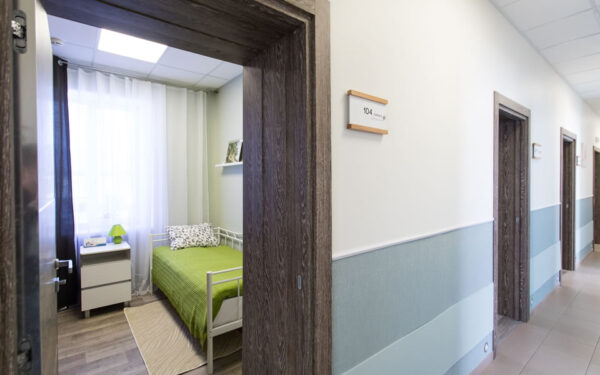Trends in Senior Living After the Pandemic
By John Klenner, Partner, Assurance Services
COVID-19 changed most everything about senior living communities — including how living spaces within these facilities are designed. At the beginning of the pandemic, senior facilities were in survival mode as they struggled with virus control, higher mortality rates, and isolation. As a result, architects and planners of retirement communities, long-term care facilities, and assisted living and nursing homes began to rethink their designs, prioritizing the need for safer, more flexible spaces.
This focus on senior living infrastructure is likely to continue for years to come. The United States population continues to age significantly; by 2030, all baby boomers will be older than 65. By that time, a significant portion of 73 million boomers, according to the US Census Bureau, may require some form of assisted living. Because a significant number of senior living facilities are more than 25 years old, many will need to upgrade to compete with newer facilities designed to facilitate social and communal living in a safe environment. Areas of improvement and investment include better use of technology and improved environments promoting safe social interaction between community members and also when visitors are in attendance.
Post-pandemic, an emphasis on communal living will be key for senior facilities. During the COVID-19 crisis, media coverage focused on isolated seniors unable to see friends and family, and that feeling of isolation became associated with senior living facilities. Facilities must address this unwarranted assumption in their design and marketing.
One way to do that is by providing easy access to technology. For example, the ability for residents to use video chat to connect with family, friends, medical providers, and other online services is critical to their well-being. For too long facilities avoided the concept of technology for numerous reasons, including the assumption that it would be difficult for seniors to use. Improving technological infrastructure will help senior living communities keep residents active and engaged.
Another byproduct of the pandemic is the idea that seniors shouldn’t live together in large groups. To maintain a sense of community, potential residents are requesting facilities that offer smaller neighborhoods within a larger residence. This design concept includes decentralized common spaces instead of large common areas shared by an entire building, limiting the number of staff and residents within these neighborhoods. Facilities designed in such a way would result in better infection control as well as an increased feeling of community among residents.
Meal spaces are also being overhauled. With more residents preferring to take their meals to go, facilities are trading large group seating in community dining rooms for nooks within living spaces for a smaller gathering of diners. This “neighborhoods” structure helps residents avoid the isolation of eating in alone in their room while still avoiding large communal gatherings.
Large multi-purpose spaces are less important but still necessary. However, as the neighborhoods concept grows, the need for more subdivided visitation spaces increases and accordingly larger areas are centralized with visiting spaces in between the larger areas and the neighborhoods. Visitors stay in these centralized areas and subdivided spaces, never reaching residents’ living quarters. As a result, there is less exposure and better control of shared spaces.
Since COVID-19 is primarily airborne, families have inquired about mechanical systems that control air filtration and purification. Senior communities are paying more attention air quality as a result, and that can help residents avoid more than just COVID-19. For example, air pollution also can aggravate asthma, lung disease, and other chronic health conditions among older adults. Electrostatic filters, which attract virus particles to destroy them, are being retrofitted to existing systems when budgets don’t allow for a system overhaul. Facilities are also creating outdoor areas that allow for distanced socializing and activities, and often include heat lamps and other weather-mitigating amenities for four-season comfort.
New and improved designs that prioritize wellness and community while limiting the spread of transmissible diseases are slowly transforming living spaces for older adults. This revolution is improving the lives of millions of residents in senior living facilities.








